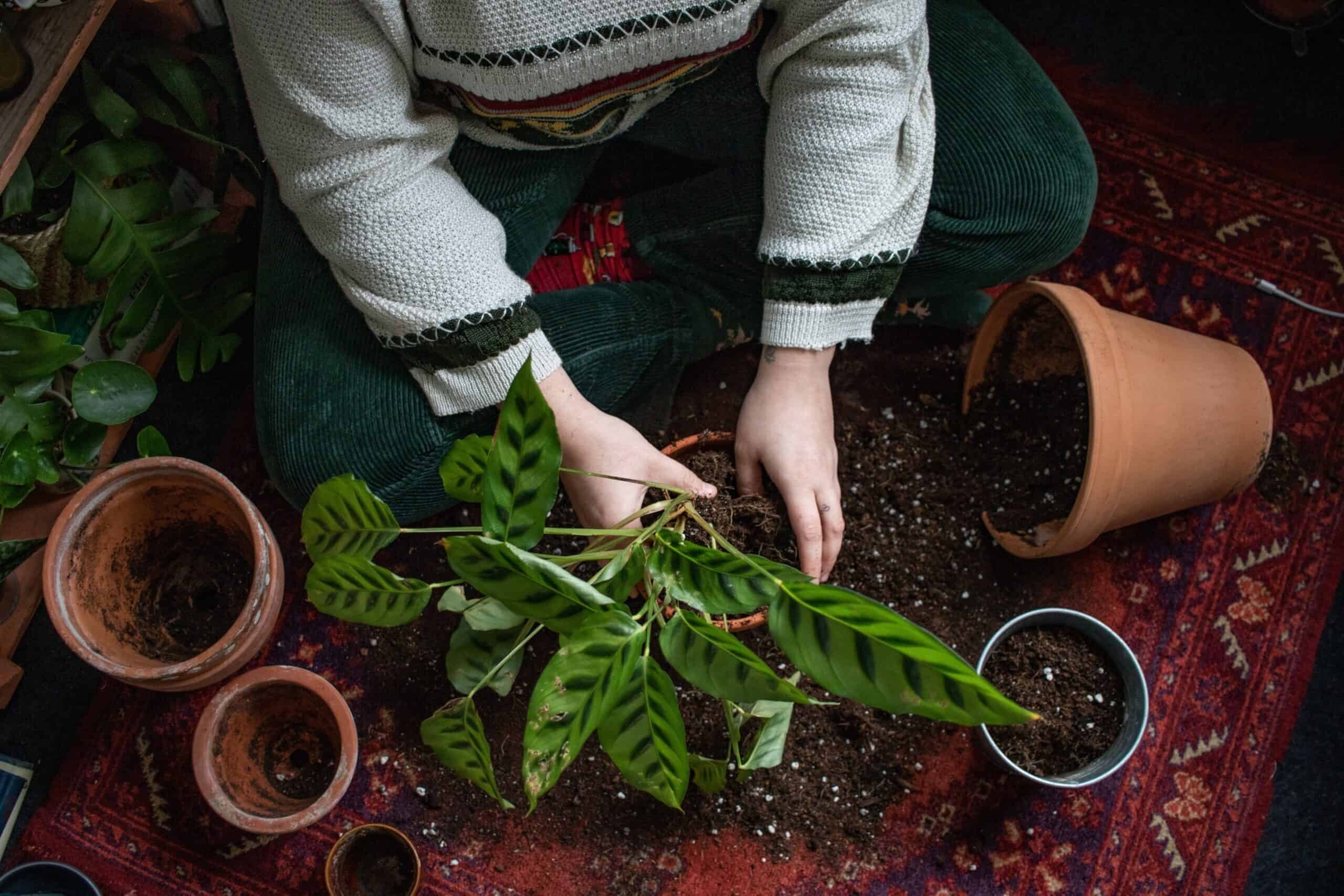Are you looking to start a garden but have no idea where to begin?
Gardening is a fantastic hobby that not only adds looks to your home but also delivers fresh fruits and vegetables for you and your family.
Creating a garden can be intimidating, but with the correct steps, anyone can grow a thriving garden.
You are going to learn a step-by-step guide to successful gardening from seed to harvest.
Why Start a Garden?
Starting a garden can be useful for several reasons. It can enhance both physical and mental fitness, decrease one’s carbon footprint, and save money on groceries.
Gardening provides a chance to get a workout while spending time outdoors, which can help decrease stress and worry.
By growing one’s own fruits and vegetables, someone can have control over what goes into their food and avoid harmful chemicals and pesticides.
Planning Your Garden
Planning is an essential step before you start a garden. It’s essential to consider what types of plants you want to grow, how much space is needed, and your budget.
Creating a list of plants with their space requirements can be advantageous.
Companion planting is another useful technique to improve the garden’s health and reduce pest problems.
It involves planting different types of crops together that benefit each other.
Thus, it’s suggested to plan the garden earlier for better outcomes.
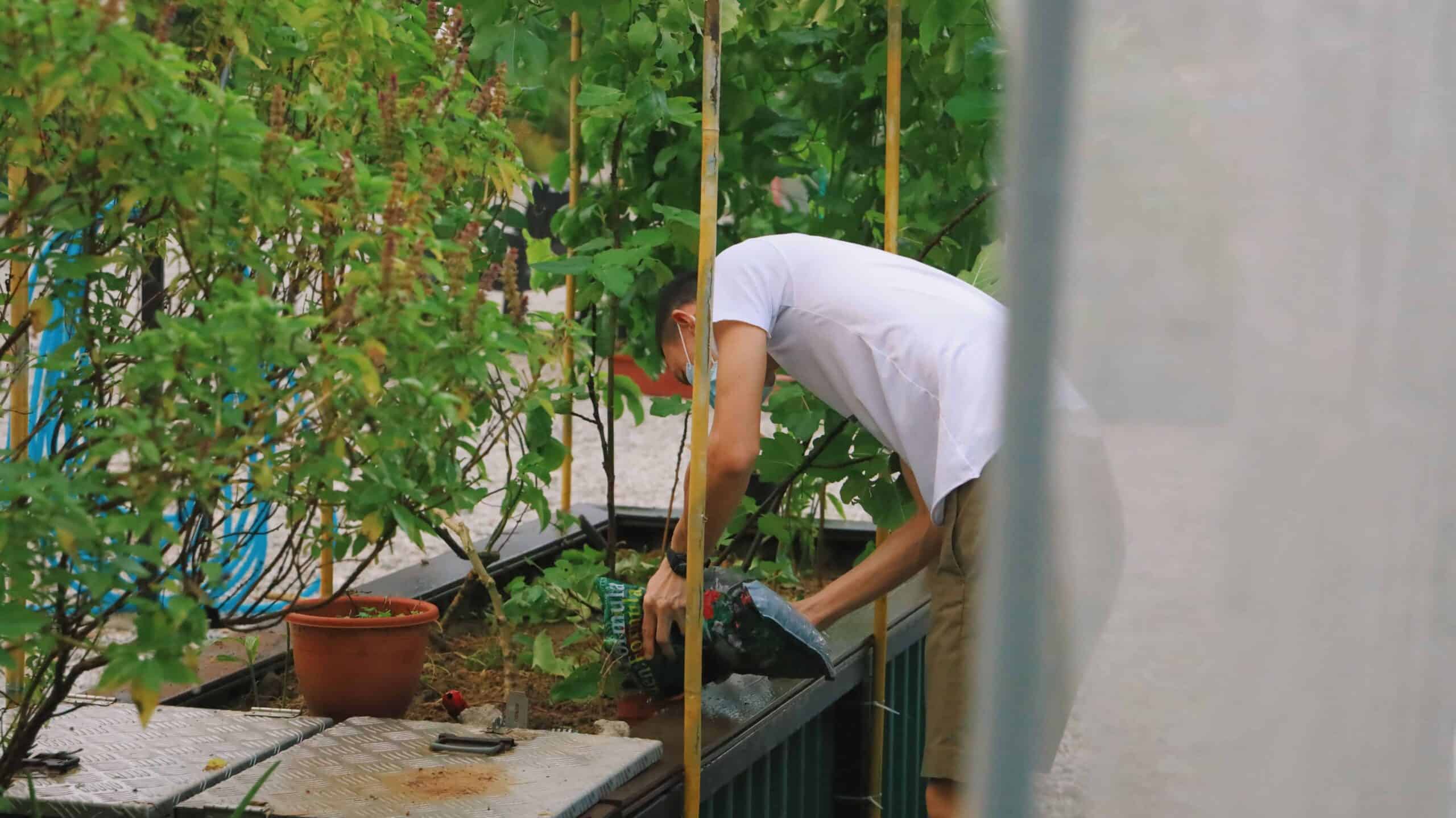
Choosing the Right Location
Selecting a suitable location for your plants in the garden is vital for its victory.
It’s essential to choose a spot that gets an abundance of sunlight as most plants need at least six hours of sunlight per day.
Additionally, the soil should be well-drained and have good air circulation.
It’s suggested to avoid planting in the garden in low-lying areas or near trees, which can compete with the plants for nutrients and water.
That’s why, it’s essential to assume these factors while choosing the right location for your garden.
Soil Preparation
One of the important steps in starting a garden is preparing the soil.
Testing your soil to decide its pH level and nutrient range is important. Most plants prefer a pH between 6 and 7.5.
If your soil is too acidic, add lime to raise the pH level, but if it’s overly alkaline, add sulfur to lower it.
Additionally, adding some organic matter such as compost or manure can improve the soil’s structure and fertility.
Choosing the Right Plants
Selecting suitable plants for your garden depends on various factors, such as your climate, the type of soil, and the space available.
It’s advisable to plant a combination of annuals, which live for only one season, and perennials, which return year after year.
Further, it’s essential to select plants that are suitable for your climate and soil type.
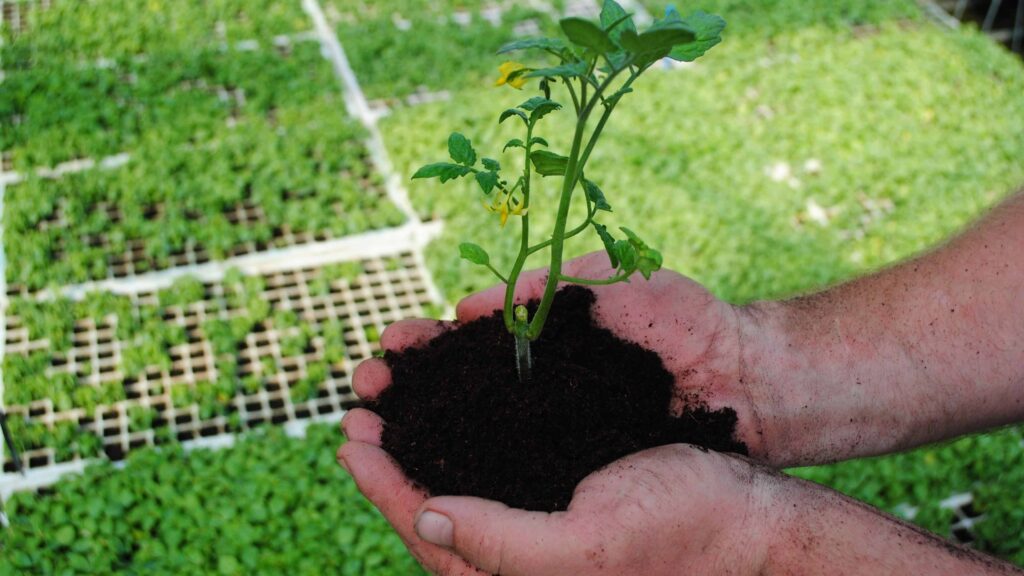
Starting from Seeds vs. Buying Plants
Starting a garden from seeds can be a cost-effective option, but it requires more time and effort.
It’s important to plant seeds at the right time and provide them with proper lighting and moisture for successful germination.
Purchasing plants can be more fortunate, but it may be a more costly option.
Consider which method works best for your budget and plan.
Planting Your Garden
When you plant your garden, it’s important to follow the instructions on the seed packet or plant label.
Space out your plants according to their size and the suggested spacing conditions, and make sure to plant them at the proper deepness.
Water your plants thoroughly after planting to help them settle into their new environment.
Watering Your Garden
To guarantee the success of your garden, it is essential to water it regularly.
Most plants need about one inch of water per week, either from rainfall or watering.
Over-watering can lead to root decay, while under-watering can result in wilting and stunted growth.
What Is the Best Time To Water Your Plants?
Water your plants early in the morning or late in the evening to minimize water loss due to evaporation.
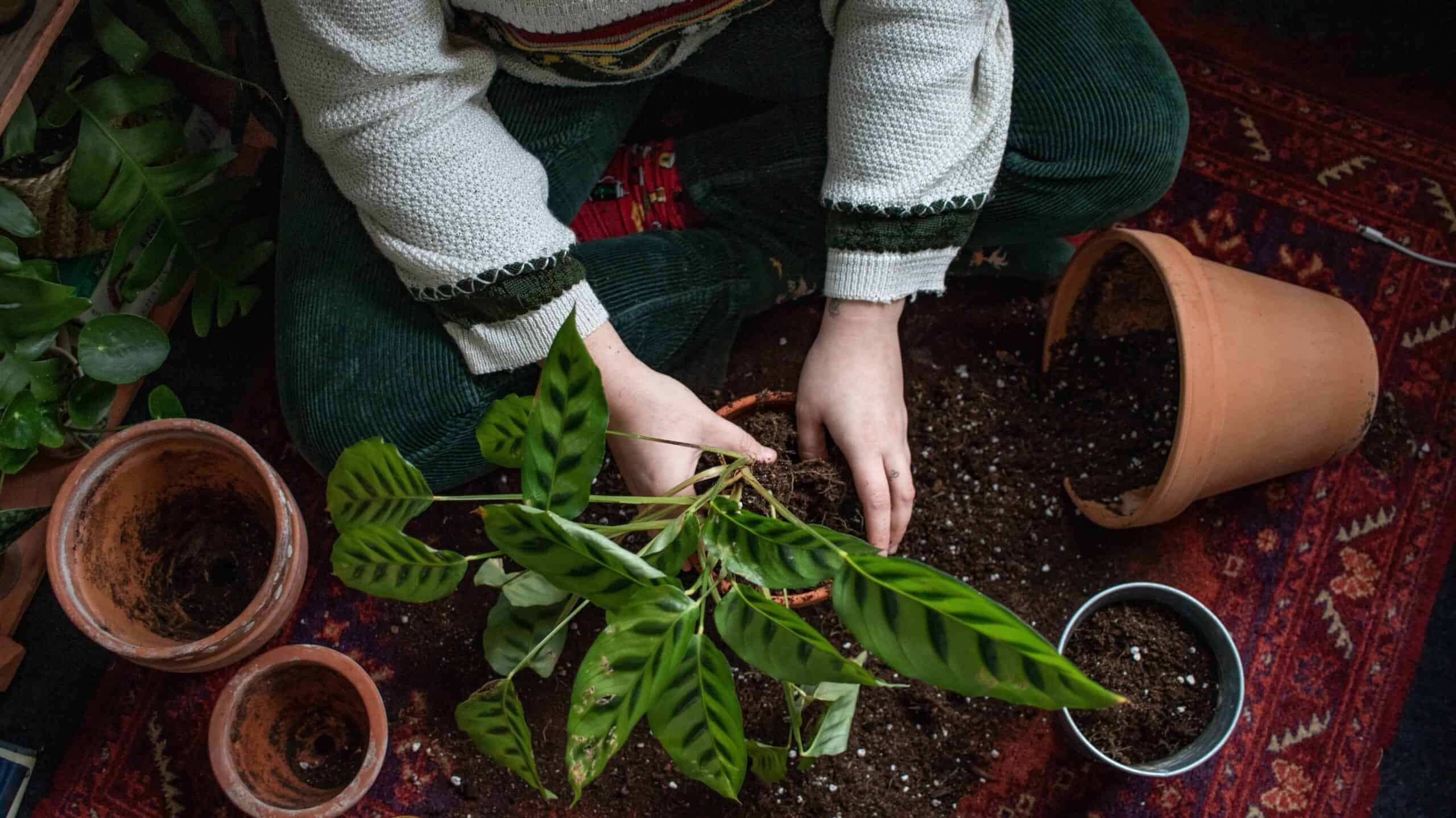
Fertilizing Your Garden
Fertilizing your garden is an essential part of gardening.
It can help enhance soil fertility and encourage plant growth.
It’s essential to choose a fertilizer that is suitable for the plants you’re growing and to observe the instructions carefully.
Over-fertilizing can lead to plant burn, while under-fertilizing can lead to nutrient insufficiencies.
Consider using organic fertilizers, such as compost or manure, which can improve soil health and reduce chemical inputs.
Organic fertilizers release nutrients gradually, which can deliver long-term advantages to your plants.
Controlling Weeds and Pests
Controlling weeds and pests is necessary to preserve a healthy garden.
Mulching can be a useful way to decrease weed growth and preserve soil moisture. Hand-pulling or hoeing weeds can also be useful.
For pest control, consider using natural methods like companion planting or introducing beneficial insects such as ladybugs or praying mantises.
Chemical pesticides should be used in small amounts, and it’s important to follow the instructions carefully to avoid harming beneficial insects and pollinators.
Harvesting Your Garden
Harvesting your garden is one of the most rewarding parts of gardening.
Most plants are ready to be harvested when they are fully mature and the fruit or vegetable is healthy and thoroughly colored.
Use sharp scissors or a cutter to avoid damaging the plant, and handle the product carefully to avoid bruising.
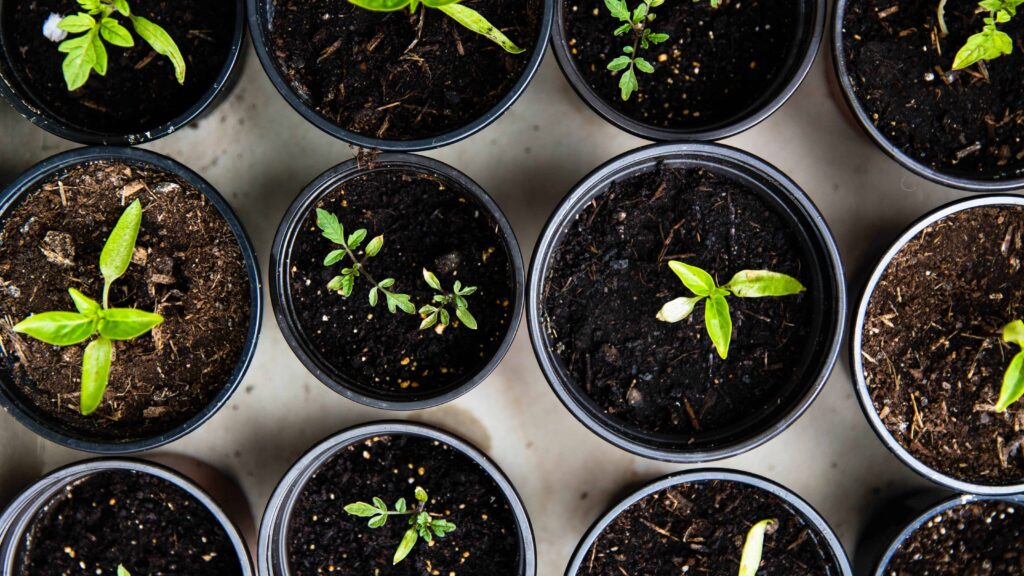
Storing Your Harvest
Storing your harvest correctly can help extend its shelf life and prevent spoilage.
Many fruits and vegetables can be reserved in a cool, dark place, such as a root cellar or pantry.
Others, like tomatoes or cucumbers, should be stored in the refrigerator.
Consider canning, freezing, or drying excess produce to enjoy it throughout the year.
Common Gardening Mistakes to Avoid
There are several common gardening mistakes that can reduce the success of your garden.
These include over-watering, under-watering, planting in the wrong location, and using the wrong type of fertilizer.
Make sure to follow the instructions carefully and change your gardening techniques as required.
Troubleshooting Garden Problems
Even the most experienced gardener will face difficulties in their garden from time to time.
Common problems include pests, disease, and nutrient deficiencies. Identify the problems as early as possible and take action to manage them.
Consider using natural pest control methods, fungicides, or soil amendments to correct the problem.
Conclusion
Starting a garden can be an enriching and pleasurable activity, however of your level of knowledge.
By following these step-by-step instructions, you can successfully grow a prosperous garden from seed to harvest.
Remember to prepare your garden thoughtfully, choose a suitable location and plants, water and fertilize your plants sufficiently, and address any challenges that may occur.
With some patience and commitment, you’ll soon be able to appreciate the fruits of your endeavor.
